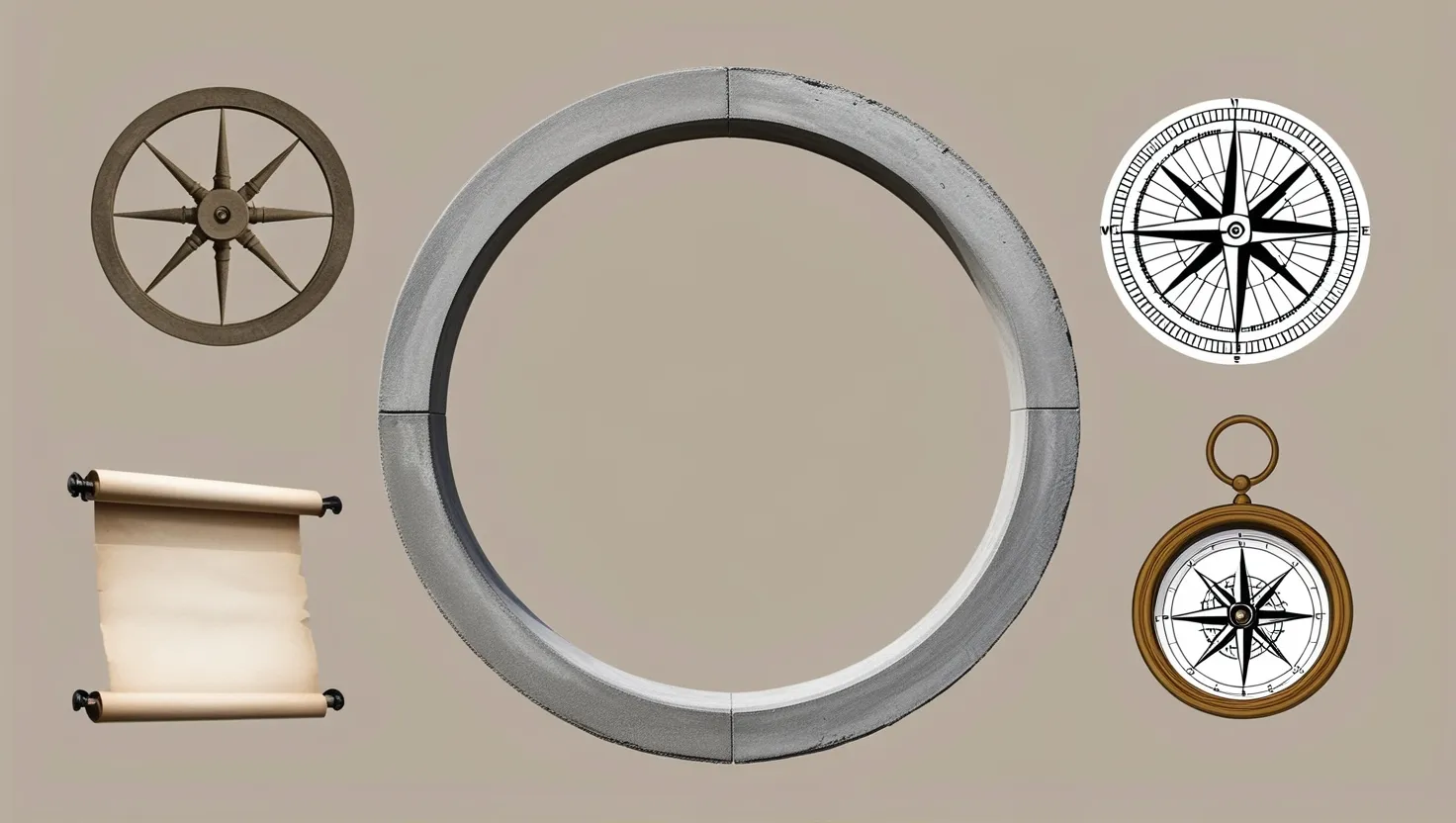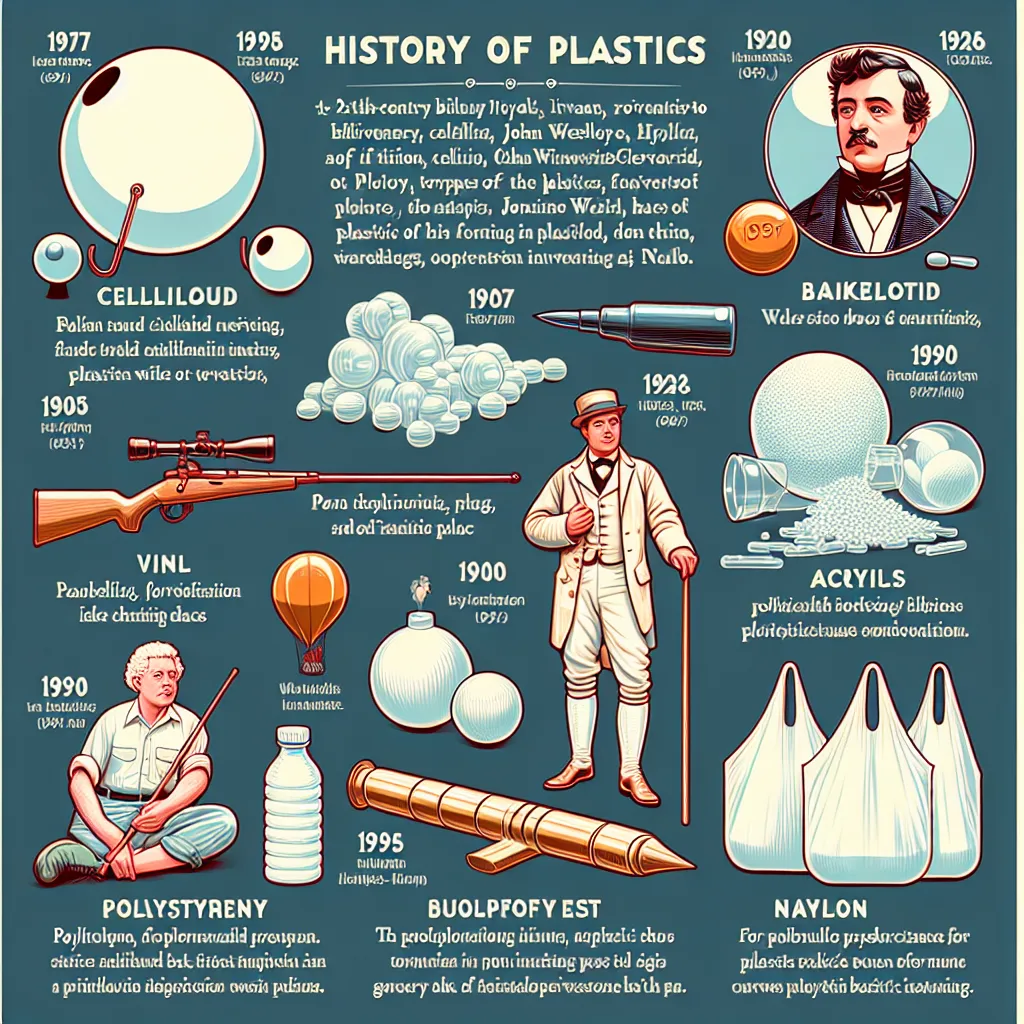As I sit here, surrounded by the trappings of modern life, it’s easy to forget the ancient roots of many of the technologies we take for granted. But delve a little deeper, and you’ll find that some of the most pivotal inventions in human history were conceived thousands of years ago. Here are five ancient inventions that continue to shape our lives in profound ways.
Let’s start with the wheel, an invention so fundamental it’s hard to imagine a world without it. Around 3500 BCE, in the fertile plains of Mesopotamia, the wheel first made its appearance. Initially, it was a simple wooden disk, often reinforced with a metal band, used primarily for potter’s wheels and moving heavy objects. Yet, this humble beginning marked the dawn of a revolution in transportation and machinery. The wheel, paired with an axle, gave birth to early wheeled vehicles like carts and chariots, transforming how goods and people were moved. This innovation was the cornerstone of trade networks and urbanization, connecting distant regions and fostering the growth of cities like Babylon and Rome.
Fast forward to today, and the wheel’s influence is ubiquitous. From the rubber tires of our cars to the precision machinery in manufacturing plants, the wheel remains an indispensable component of modern life. It powers our industries, from conveyor belts to heavy machinery, and is even crucial in aviation, with the landing gear of commercial airplanes and the wheels on space rovers exploring distant planets. The wheel’s evolution, from wooden disks to modern alloy and carbon fiber rims, is a testament to human ingenuity and the enduring impact of this ancient invention.
Another ancient marvel that continues to underpin our modern world is concrete. Developed by the Romans around 300 BCE, concrete was made from a mixture of slaked lime and volcanic ash, known as pozzolana. This early form of cement was remarkably durable and versatile, allowing the Romans to construct structures that have stood the test of time, such as the Pantheon and the Colosseum. Today, concrete is a fundamental building material, used in everything from roads and bridges to skyscrapers and residential homes. Its ability to set quickly in water made it ideal for water-based constructions, a feature that remains valuable in modern engineering.
The invention of paper is another story of ancient ingenuity that has had a lasting impact on our world. In ancient China, around 105 CE, Cai Lun developed the first large-scale paper production using materials like rope, rags, fish nets, and tree bark. This innovation transformed the way we record and share information, laying the groundwork for mass communication, education, and the spread of knowledge across civilizations. Paper enabled the widespread dissemination of literature, philosophy, and scientific discoveries, facilitating cultural exchange and intellectual progress. Today, paper remains an essential medium, whether in books, newspapers, or even the digital age’s precursor to e-books.
Navigation and exploration owe a significant debt to another ancient Chinese invention: the compass. Created during the Han Dynasty (202 BCE - 220 CE), the compass revolutionized long-distance sea voyages by providing a reliable means of determining direction. This tool enabled sailors and explorers to traverse vast oceans, establishing global trade networks and leading to the discovery of new lands. The compass’s impact on maritime history is immeasurable, and its influence extends to modern GPS systems, which continue to guide us through unfamiliar terrain.
Lastly, let’s consider the sundial, one of the first devices to measure time accurately. Developed in ancient Egypt around 1500 BCE, the sundial used the shadow of a vertical stick or object to indicate time. This simple yet effective tool laid the foundation for our modern understanding of timekeeping and scheduling. The sundial’s influence can be seen in the development of more sophisticated time-keeping devices, such as mechanical clocks and eventually digital watches. Today, our lives are organized around precise timekeeping, a concept that originated with the humble sundial.
These ancient inventions are more than just relics of a bygone era; they are the building blocks of our modern world. The wheel, concrete, paper, the compass, and the sundial have each left an indelible mark on human progress. They remind us that even the simplest ideas can have profound and lasting impacts, shaping the course of history in ways both visible and invisible.
As we marvel at the technological wonders of the 21st century, it’s important to recognize the debt we owe to the inventive geniuses of ancient times. These innovators, driven by curiosity and a desire for improvement, looked to the stars, harnessed the power of water, and transformed the written word. Their legacy continues to inspire us, pushing the boundaries of what is possible and reminding us that the seeds of innovation sown in the past continue to bear fruit in the present.
In reflecting on these ancient inventions, we are reminded of the power of human creativity and the enduring nature of true innovation. These inventions have transcended time and place, influencing every aspect of our lives from the way we build our cities to how we navigate the world. They are a testament to the ingenuity of our ancestors and a reminder that even the most ancient of ideas can remain remarkably relevant in the modern age.






